Nothing will ever hook me as badly as Kerbal Space Program did. If I wasn't at work, I was playing Kerbal for five years straight. No breaks, didn't play anything else during that time. Once I got RealSolarSystem and RealismOverhaul working, you couldn't pry me away from the computer. I put in aver 10,000 hours, easily.
Happy to help!
It's a lovely pen, and I just bought one myself! The trick to getting a full-ish fill is to dunk the nib in the ink and rapidly push on the button about eight or nine times. You'll feel a difference in the button action when it gets as full as it is going to. The button will give a bit of resistance at that point. I don't remember if mine got completely full, but I know that it holds a decent amount of ink. I hope that helps!
You can't increase the font size, but it is larger than the HP Prime and TI nspire CXII on large font.
I just dug through the offerings of all of the niche calculator manufacturers I can think of and came up empty handed. What I would recommend in your case is the Casio fx-CG50, though. It has rubber pads on the back of the case and enough heft that it doesn't move when placed on a desk and used one-handed. The screen is easily visible from most angles and it has the largest font of all of my graphing calculators.
Most chemicals that are gasses this close to the sun are solids that far out. Carbon dioxide freezes at just -79 C at one atmosphere of pressure. The energy coming in from the sun would not be enough to keep good greenhouse gasses from precipitating out of the atmosphere.
I'm about 10 hours in and really enjoying it! Did you complete it?
That's interesting that they refactored it. Maybe there have been some improvements made over the last seven years.
In the beginning, there was ownCloud. They were a good FLOSS offering that decided to start catering solely to corporate customers in the hopes of juicy support contracts. The community who had been contributing the majority of the code gave them a mighty "Fork you" and created NextCloud.
That was about ten years ago. I haven't looked into ownCloud for the last seven or so, but it had stagnated pretty badly by that point. Maybe they've gotten some fresh blood since then, but you'll likely find it to be quite lacking in features and plugins comparatively.
That is definitely a well used little device! Coincidentally, the last calculator that I bought a couple of months ago is the EL-501X2, the most recent iteration of the model. Not a bad little calculator as long as you stay away from the edge cases! The edge cases are where the fun stuff is for me, cause I really like finding out where these machines tip over.
It's in beautiful condition, too! Great find!




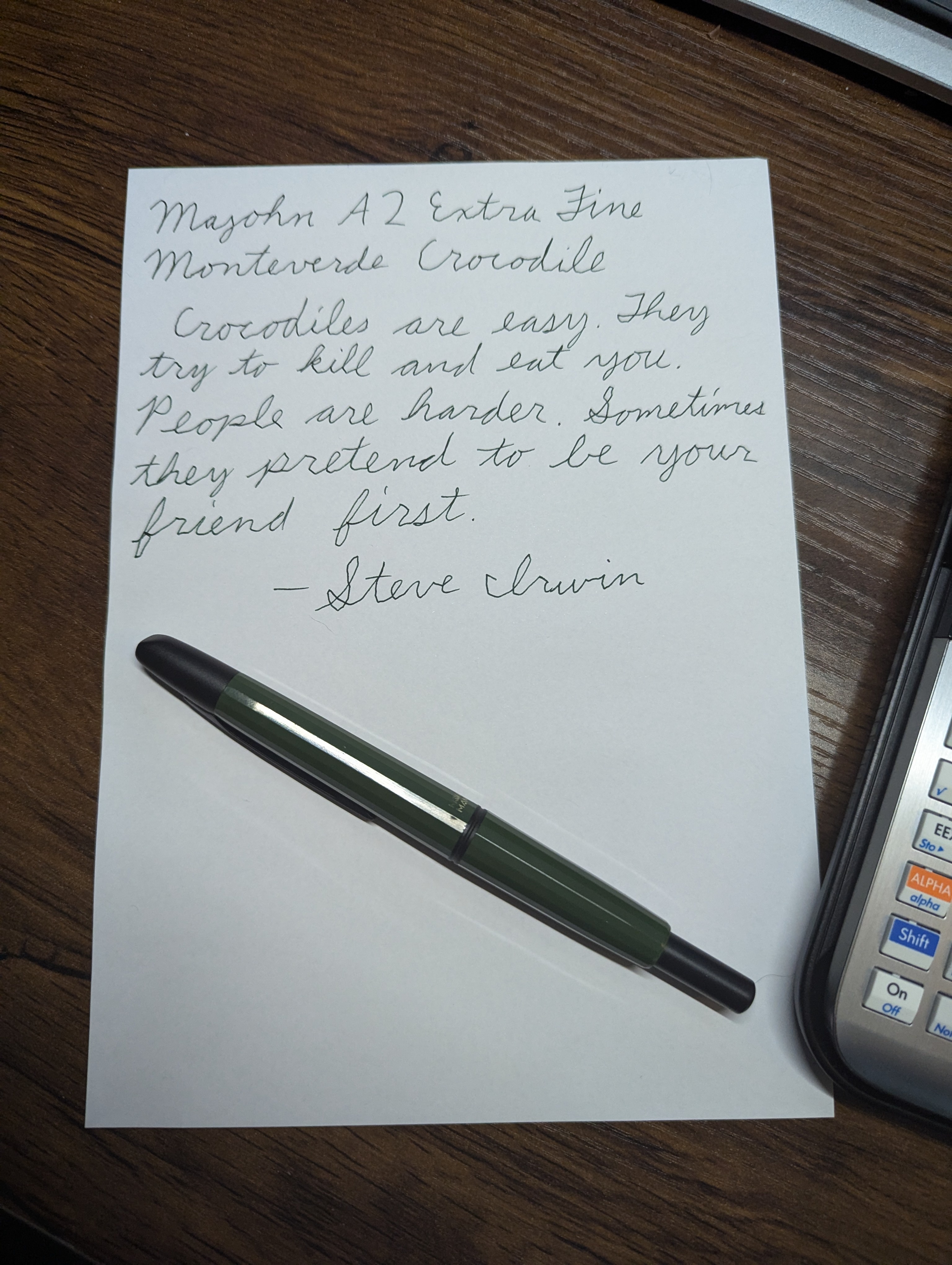

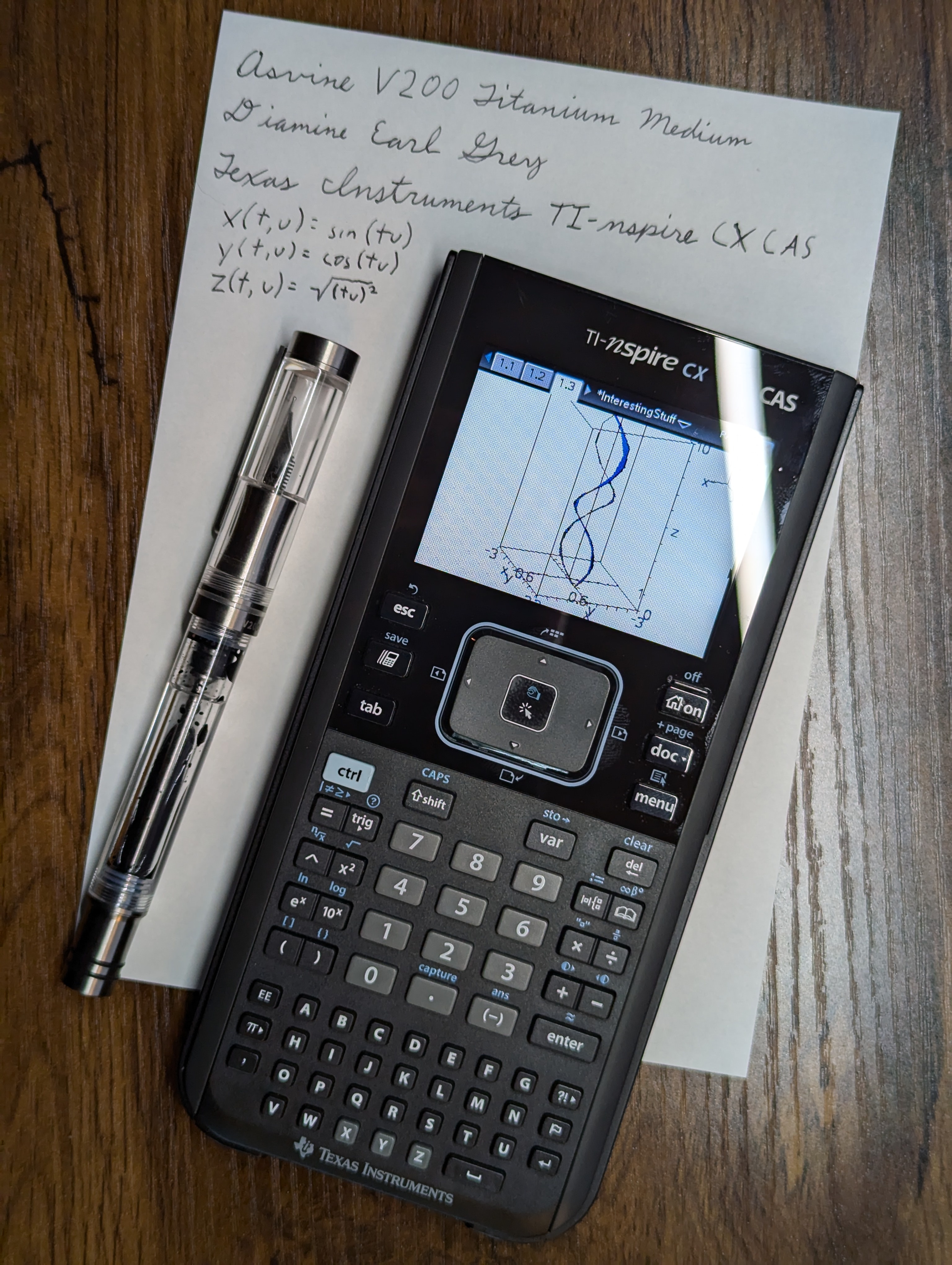
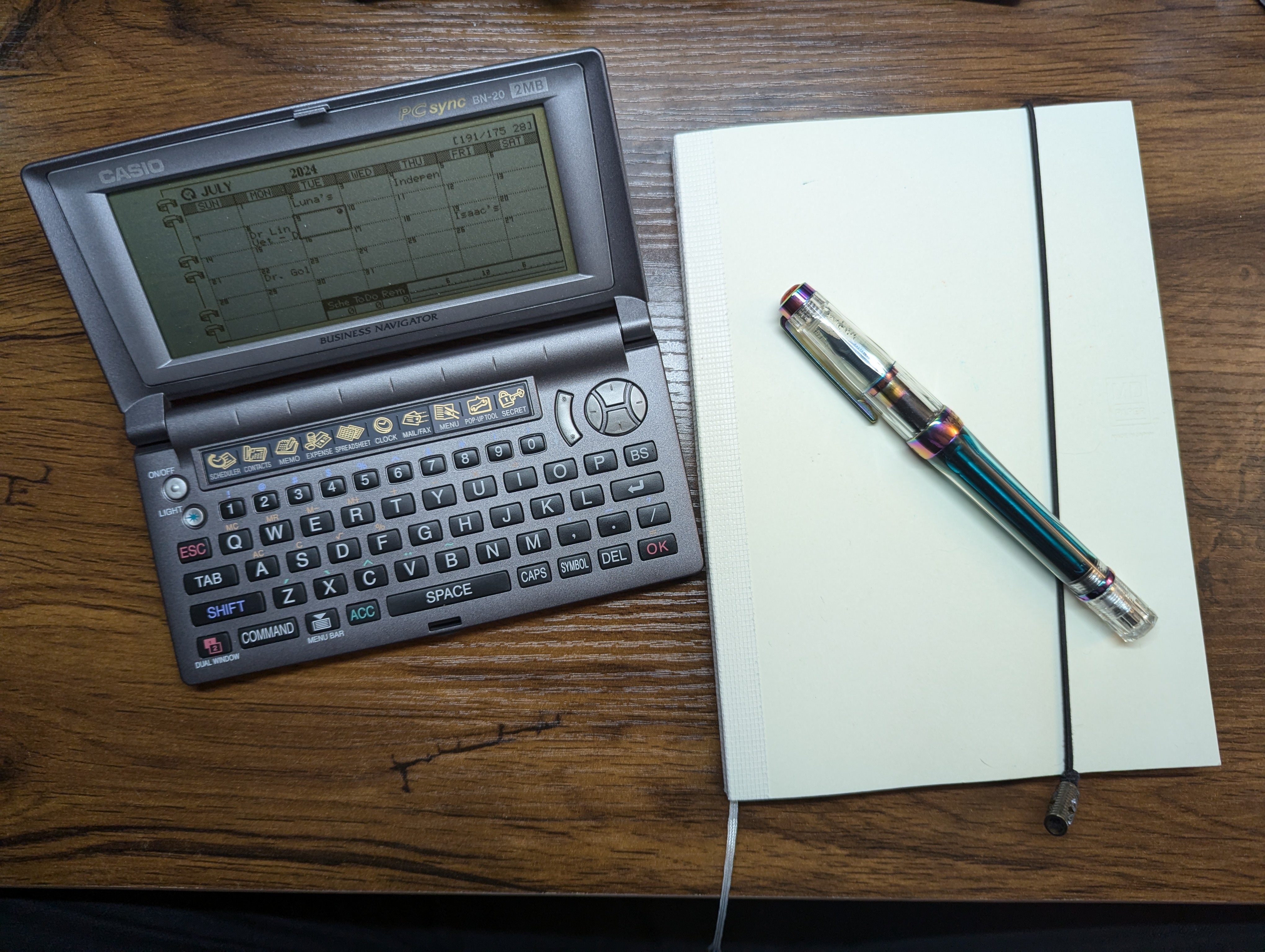
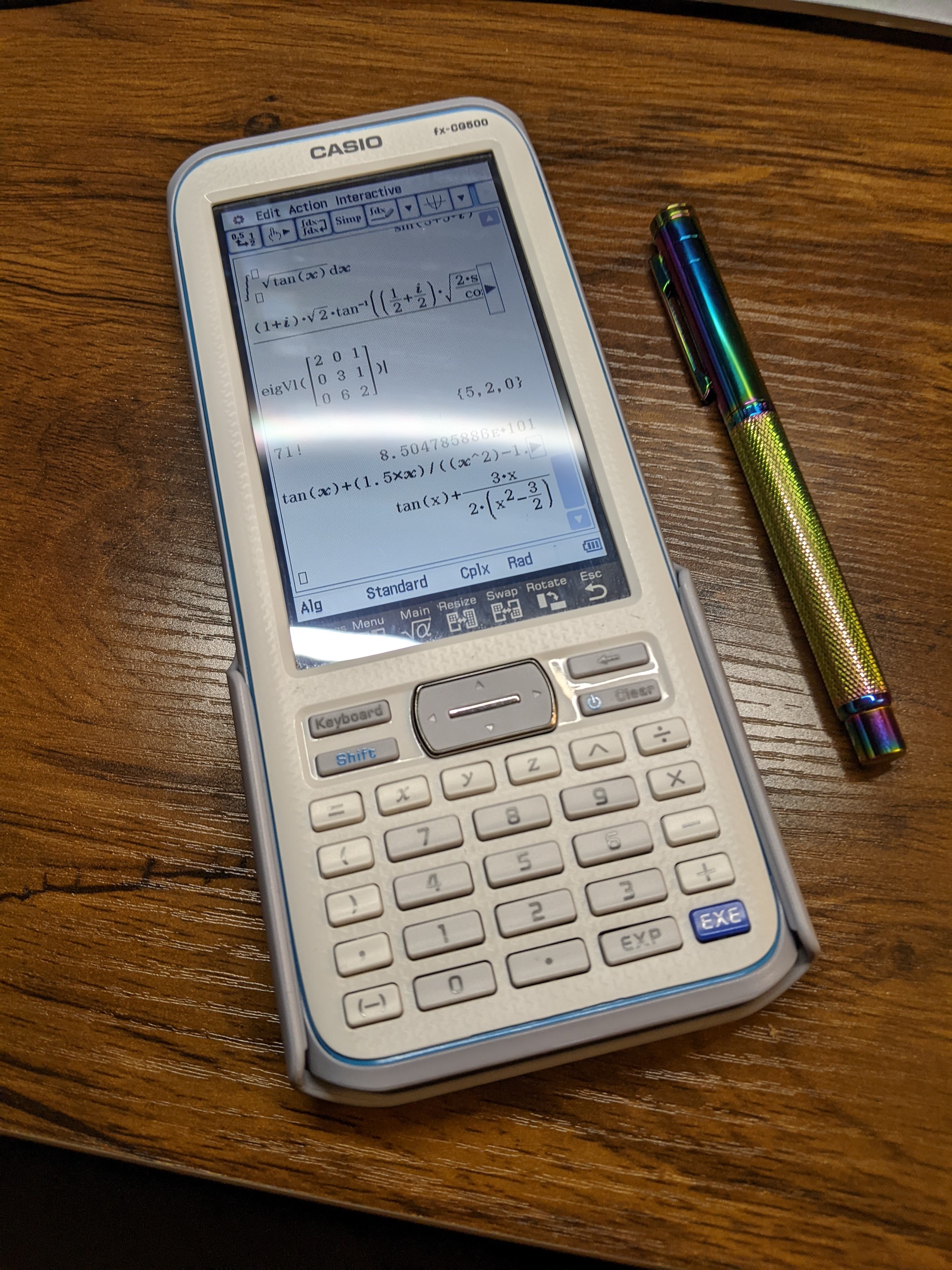
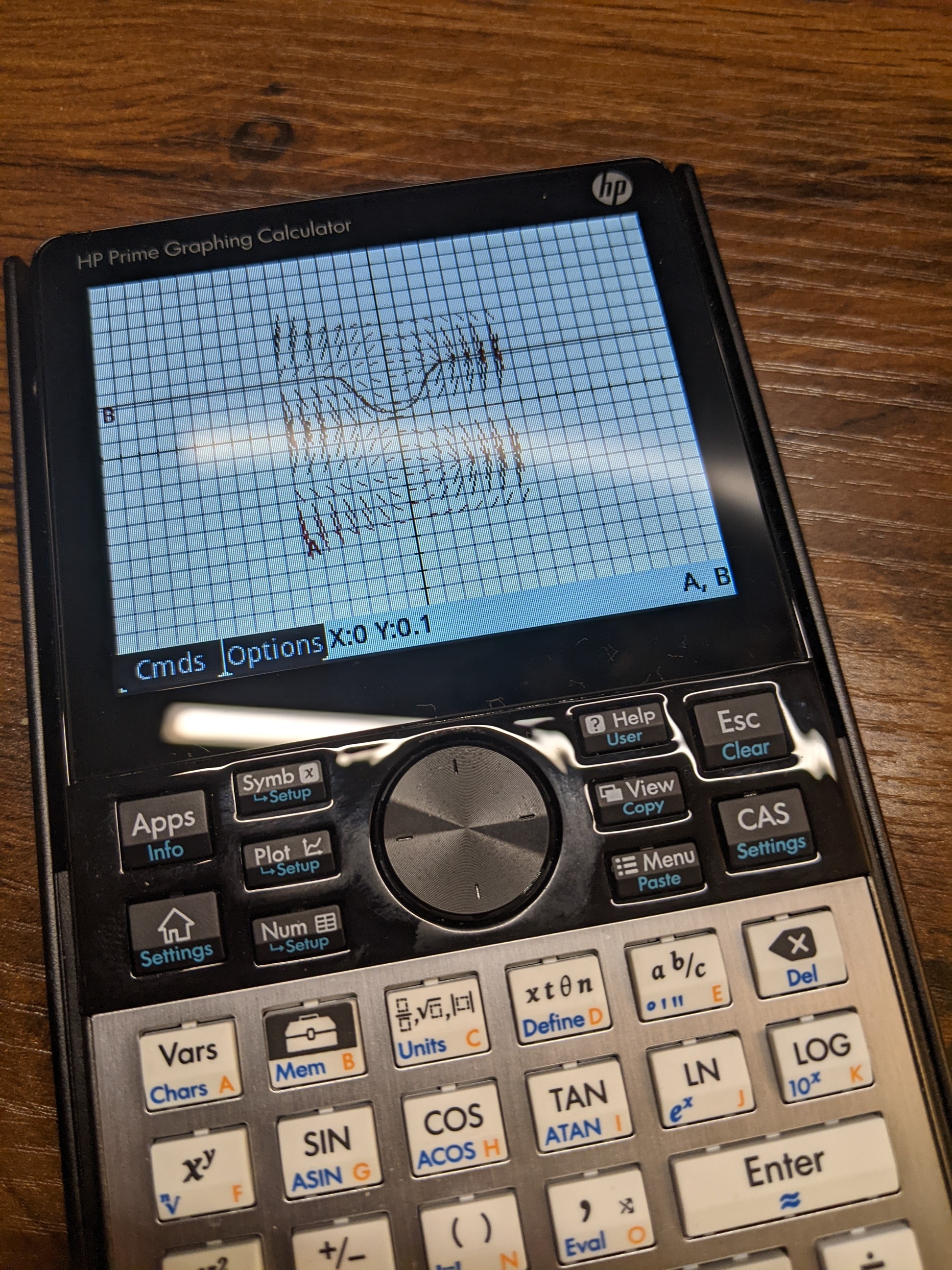
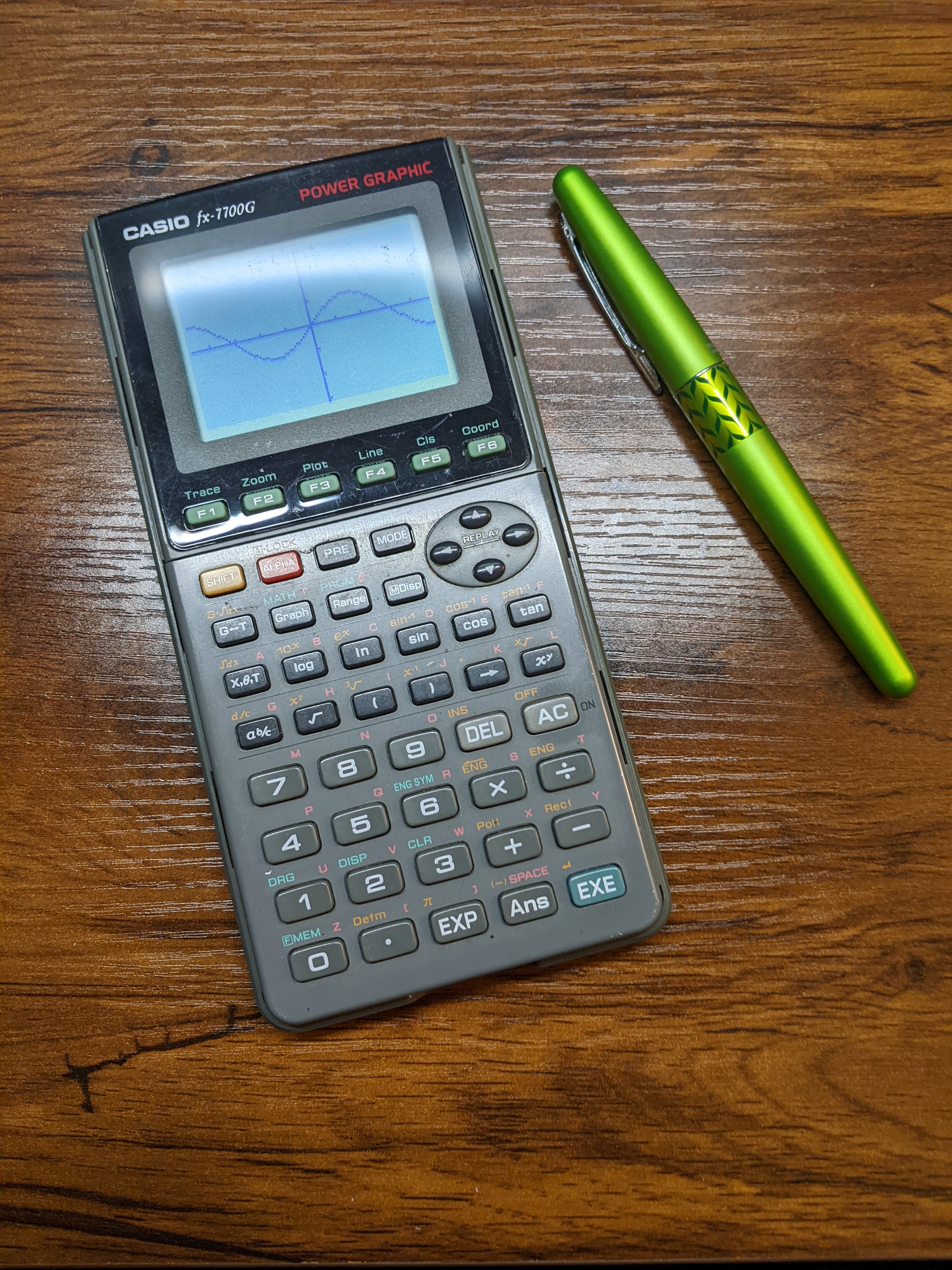

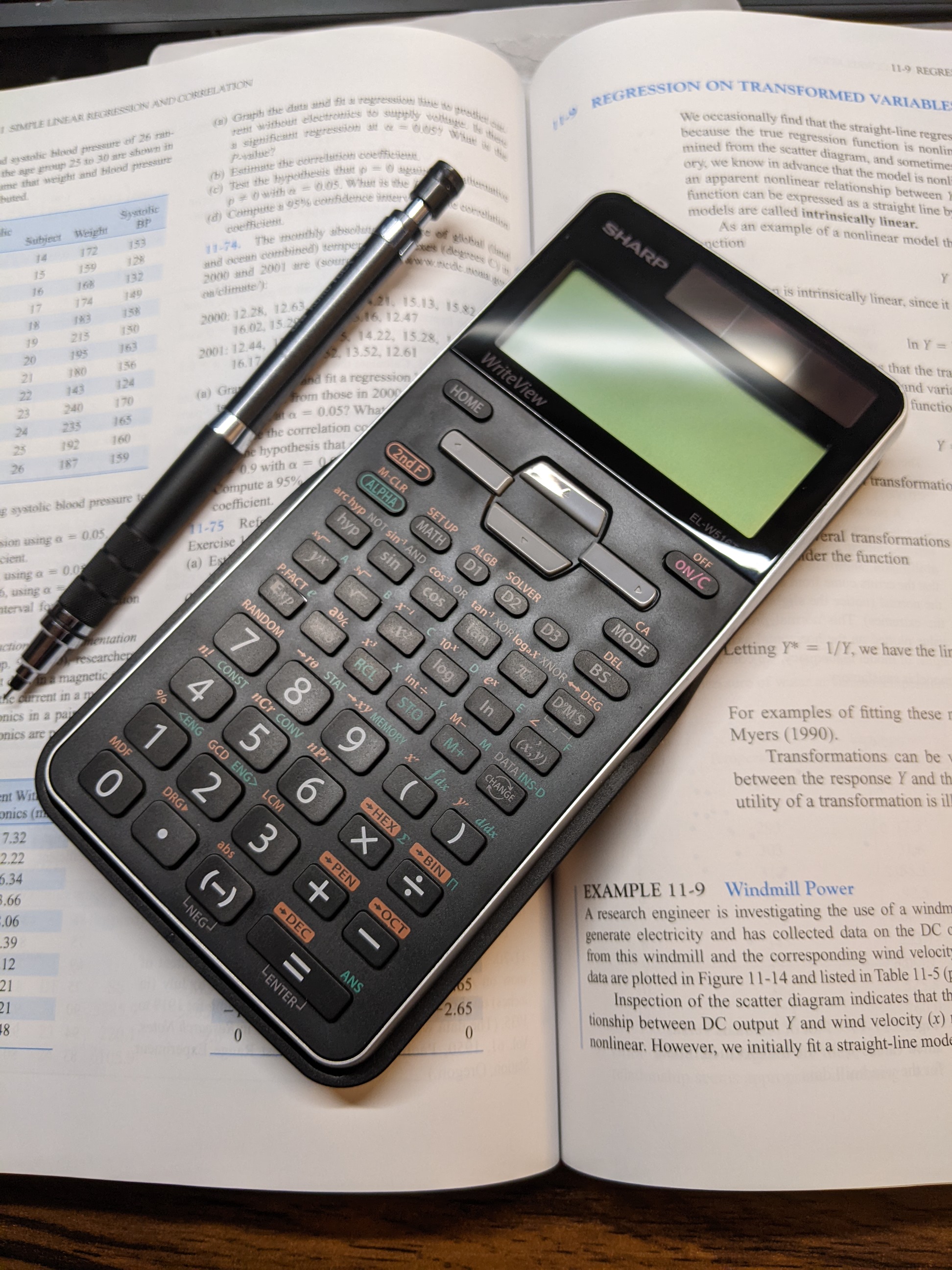
SageMath is my go to for heavy math.